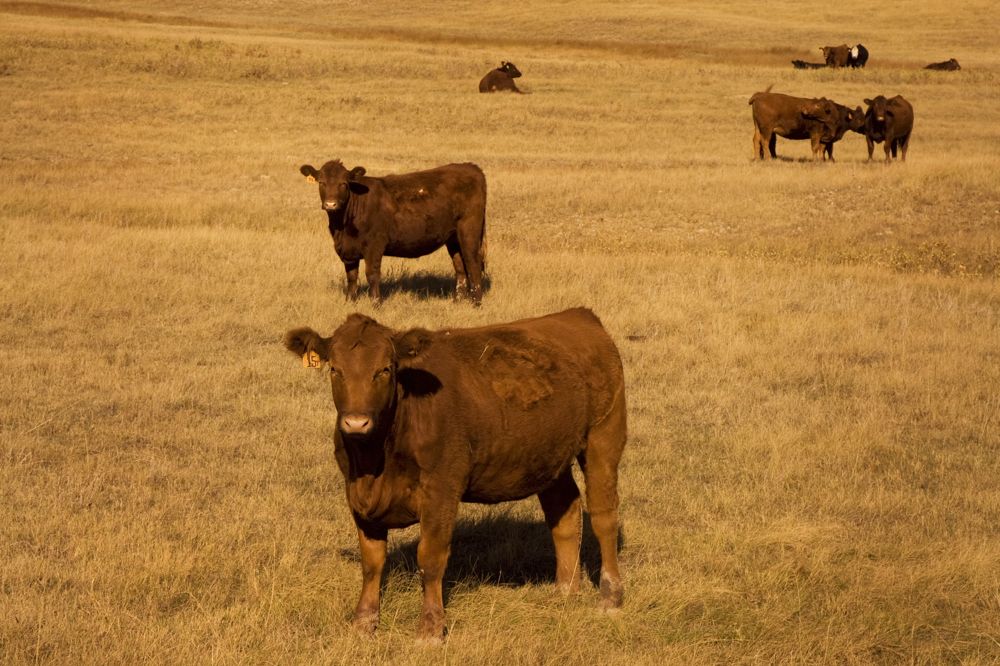Chicago | Reuters — Chicago Mercantile Exchange live cattle futures on Friday were weakened by profit-taking during a shortened session following the U.S. Thanksgiving Day holiday.
CME livestock markets closed early at 12:15 p.m. CT and will resume on Monday at 8:30 a.m. CT.
Technical selling, and potential cattle supply growth ahead, further weighed on CME live cattle contracts.
December live cattle finished down 0.475 cent/lb. at 118.575 cents, and February ended 0.9 cent lower at 124.575 cents (all figures US$).
“The market has been anticipating more cattle to come based on recent U.S. government Cattle on Feed reports,” said Oak Investment Group president Joe Ocrant.
Read Also

U.S. livestock: CME cattle tick lower in thin pre-holiday trade
Chicago | Reuters – Chicago Mercantile Exchange live and feeder cattle futures were little changed but ended slightly lower on…
Investors look forward to next week’s prices for slaughter-ready, or cash, cattle after packers this week in the U.S. Plains paid roughly $118-$120/cwt. A week ago those animals brought mostly $119.
Processors caught short on supplies, and retailers featuring beef as consumers suffer from “turkey fatigue” after Thanksgiving, might support cash prices next week in parts of the Plains, said traders and analysts.
Other cash prices might feel pressure from ample cattle numbers now. And some processors may make do with what they have before plants close over the Christmas holiday.
On Friday, the U.S. Department of Agriculture’s export sales report for the week ended Nov. 16 showed U.S. beef exports at 9,300 tonnes, mostly to South Korea. It was unchanged from the week before but down 38 per cent from the prior four-week average.
Buy stops and softer corn prices lifted CME feeder cattle for a third straight session.
January feeder cattle closed up 0.575 cent/lb. at 153.3 cents.
Hogs end higher
CME lean hogs garnered support from buy stops and technical buying, said traders.
Some investors bought December futures and simultaneously sold deferred months in a trading strategy known as bull spreads.
December hogs ended 0.425 cent/lb. higher at 63.25 cents. February closed up 0.3 cent to 69.4 cents.
Cash prices were mixed as post-Thanksgiving holiday packer demand varied.
Wholesale pork prices rose after grocers purchased product to avoid supply disruptions after plants closed for the Thanksgiving holiday.
Friday’s USDA export sales report put U.S. pork exports at 16,300 tonnes, mostly to Mexico. That was up 24 per cent from a week earlier and up one per cent from the previous four-week average.
— Theopolis Waters reports on livestock markets for Reuters from Chicago.















